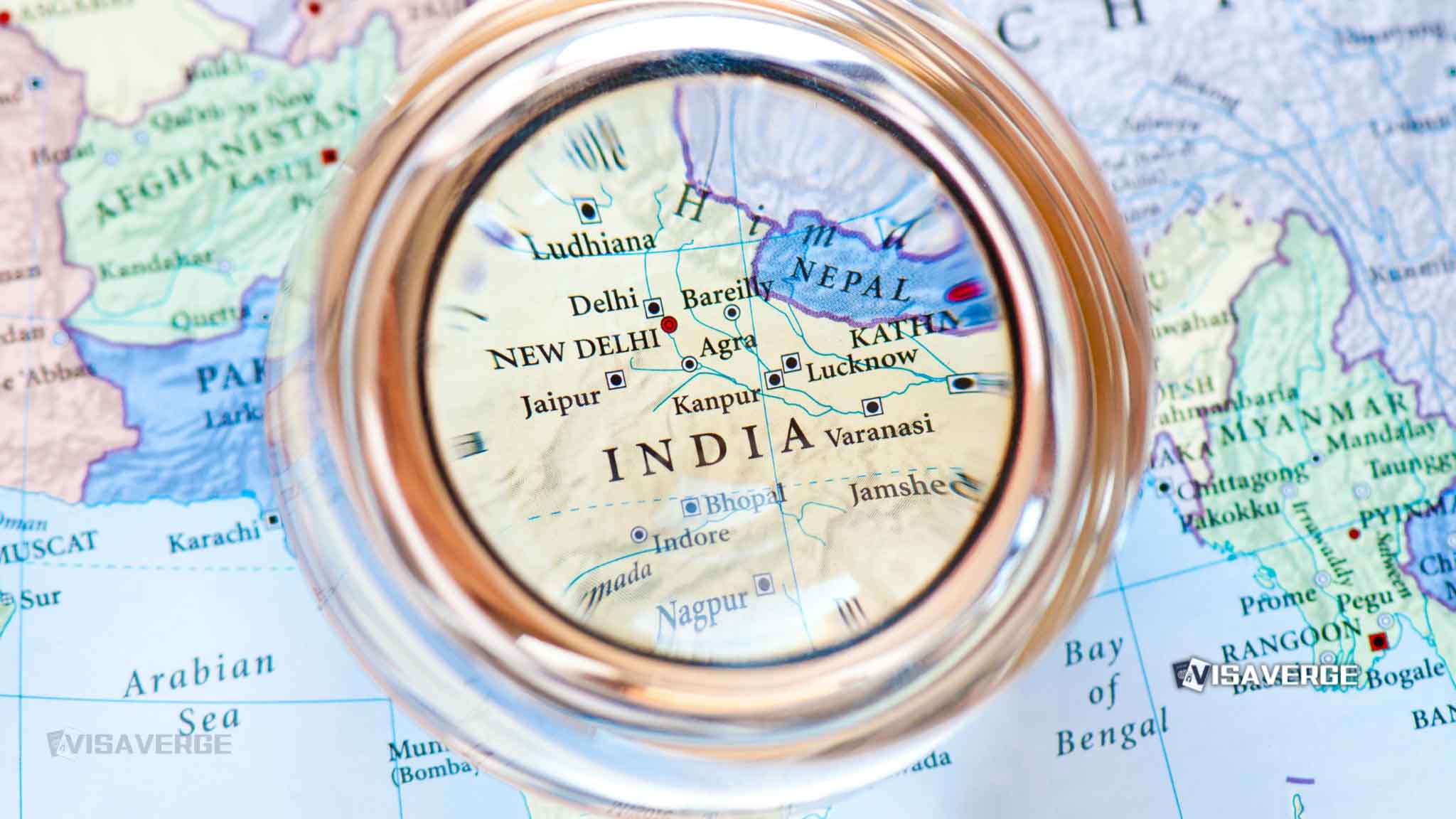(AUSTRALIA) Australia set the deadline for its 2025–26 work visa lottery for Indian students under the MATES visa program, confirming that ballot registrations will close on December 14, 2025. The ballot opened on November 1, 2025, and successful entrants will be invited to apply for a two‑year work visa that lets eligible Indian graduates live and work in Australia without employer sponsorship. Up to 3,000 primary applicants will be selected for this round, making the scheme one of the most closely watched options for Indian students and recent graduates seeking early‑career experience in Australia.
What the MATES visa covers
The MATES visa (Mobility Arrangement for Talented Early‑professionals Scheme) focuses on young talent aged 18 to 30.

Key eligibility and features:
– Age: 18 to 30.
– Education: Degrees must be from the top 100 NIRF‑ranked institutions (2024 list).
– Sectors: Qualifications should be tied to Australia’s priority sectors, such as:
– Renewable energy
– Mining
– Engineering
– ICT and AI
– Fintech
– Agricultural technology
– Stay length: Up to two years to gain hands‑on workforce exposure.
– Purpose: Enable graduates to work on projects from clean energy to advanced digital roles and help employers meet skills needs.
Officials confirmed the ballot registration fee is AUD 25. Applicants must be outside Australia both when they apply and when a decision is made on the visa. The government describes the lottery format as a fair way to manage high demand.
The draw’s appeal: a clear, time‑bound process and the possibility of paid work without an initial job offer.
Registration timeline and practical advice
- Ballot opened: November 1, 2025
- Registration closes: December 14, 2025 (firm deadline)
- Places available: Up to 3,000 primary applicants
- Fee: AUD 25
Advisers emphasise preparing documents in advance so applicants can move quickly if invited. Education agents in India report rising interest, especially from the 2024 cohort seeking to bridge study and full‑time employment. VisaVerge.com describes the MATES visa as a “career springboard,” particularly for data, climate tech, and advanced engineering roles.
Government messaging and program intent
The government’s guidance stresses:
– Only applicants who meet age and education requirements should enter the ballot.
– Applicants must be ready to provide proof of graduation from a top 100 NIRF institution.
– The targeted sectors aim to match Australia’s workforce needs with India’s STEM pipeline.
– The two‑year window is intended to allow substantial work experience and professional network building while keeping the scheme focused on early‑career development.
Work and Holiday visa (subclass 462) — separate but related
Australia also set dates for the 2025–26 Work and Holiday visa ballot for Indian nationals.
Important dates and facts:
– Registration window: Opened June 24, 2025 and closed July 15, 2025
– Visas available: Up to 1,000
– First random selection: July 16, 2025
– Further rounds scheduled through: April 30, 2026
– Age range: 18 to 30
– Stay length: Up to one year with rights to work and short‑term study
Application methods:
– Online via ImmiAccount
– Paper option using Form 1208 — official document: Form 1208 – Application for a Work and Holiday visa (subclass 462)
Official guidance and updates are available on the Department of Home Affairs site: Department of Home Affairs – Visas.
How the two lotteries compare
- MATES visa:
- Target group: Top Indian graduates from NIRF top 100.
- Focus: Early‑career roles in priority sectors.
- Stay: Up to two years.
- Selection: Ballot (lottery) — up to 3,000 primary applicants.
- Requirement: Applicants must be outside Australia at application and decision time.
- Work and Holiday (subclass 462):
- Target group: Young Indian travellers (broader audience).
- Focus: Casual or seasonal work, short courses, travel experience.
- Stay: Up to one year.
- Selection: Ballot — up to 1,000 visas for 2025–26.
- Application: Online (ImmiAccount) or paper (Form 1208).
Both use random selection to manage demand transparently and fairly.
Implications for students finishing in 2024 and 2025
- The MATES ballot window (November 1 — December 14) makes the next six weeks crucial for registration.
- Selected candidates will be invited to apply for a visa to live and work in Australia for up to two years without employer sponsorship.
- The requirement to be outside Australia at application and decision stages may affect travel plans for recent graduates planning interim visits.
Policy observers note that the two programs can complement each other:
– MATES directs top graduates into strategic sectors aligned with Australia’s skill priorities.
– Work and Holiday exposes young travellers to regional and hospitality roles during peak seasons.
– Universities see MATES strengthening industry links, especially in AI and clean energy.
– Employers consider a two‑year period sufficient to train and deploy early‑career hires on major projects.
Key takeaways and warnings
- Deadline for MATES ballot registration: December 14, 2025 — this is final.
- Work and Holiday registration for 2025–26: Closed; draws continue through April 30, 2026.
- Applicants must meet all eligibility rules and act within the specified windows to be considered.
- Prepare documentation (proof of graduation, identity, etc.) in advance to respond quickly if invited.
Both lotteries are expected to remain highly competitive. Applicants who meet the rules and register within the set windows will be best placed to move forward.
This Article in a Nutshell
Australia set a firm December 14, 2025 deadline for MATES ballot registration, which opened November 1. Up to 3,000 primary applicants aged 18–30 who graduated from NIRF top 100 (2024) institutions may be invited to apply for two‑year work visas without employer sponsorship; registration costs AUD 25 and applicants must be outside Australia at application and decision. The scheme targets priority sectors such as renewable energy, engineering and ICT/AI. Advisers recommend preparing documents early. The Work and Holiday (subclass 462) ballot remains separate with selections through April 30, 2026.













